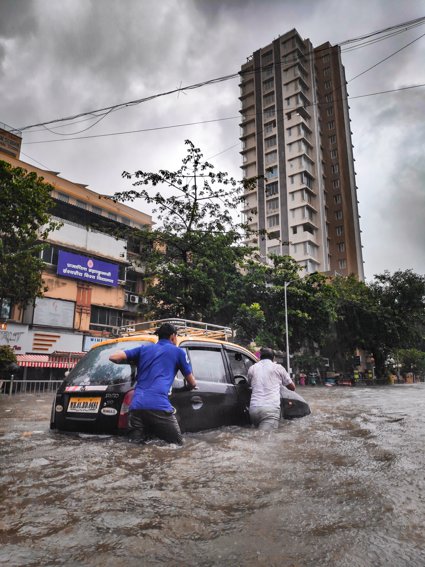
Does location affect how hazard risks are managed?
Are some places in the world more risky than others?
Key question
Are some places in the world more risky than others?
Are some places in the world more risky than others?
Countries with lower levels of human development continue to lose more lives from natural hazard risks due to inadequate planning and preparation in comparison to countries with higher levels of human development. However at both ends of the development continuum it is those populations without the social or economic means to protect themselves from risk that are most vulnerable.
For example, countries that can put up even the most basic earthquake resistant buildings in vulnerable areas can save lives, but countries with fewer resources or different population pressures are finding that more people are forced to live in vulnerable areas without any protection. In recent UK floods it is those who cannot afford the insurance premiums who are hit the hardest after the floods recede.
According to climatologists, global warming is intensifying droughts, hurricanes, cyclones and typhoons. Coupled with increasing sea temperatures already expanding the ocean and raising its average level, much of this vulnerable population which lives in the low coastal zones of Asia or in the already arid or semi-arid areas in Africa are likely to face increases in risk despite already being some of the riskiest places in the world. However, climate change raises the benchmark for all of us. It is likely to expose new groups of the population who have perhaps so far been able to manage or mitigate the risk - to much higher levels of risk, to a point that they too might become vulnerable.
Starter
Competition time.
The first pair to complete the A-Z of risky places - all 26 words or five minutes to get as many words as possible - wins.
The winning pair read out your list and your classmates can challenge your choices.
Main Activity
Use the Venn diagram to compare and contrast what you have learnt about vulnerability and risk in the three the studies of this module: Indonesia, UK, and USA. Include information about aid and response to the disasters.
Plenary
Discussion as to why human responses differ according to location.
Use development indicators to give supported reasons for differences in response and management of risk, both physical and human.
File nameFiles
File type
Size
Download